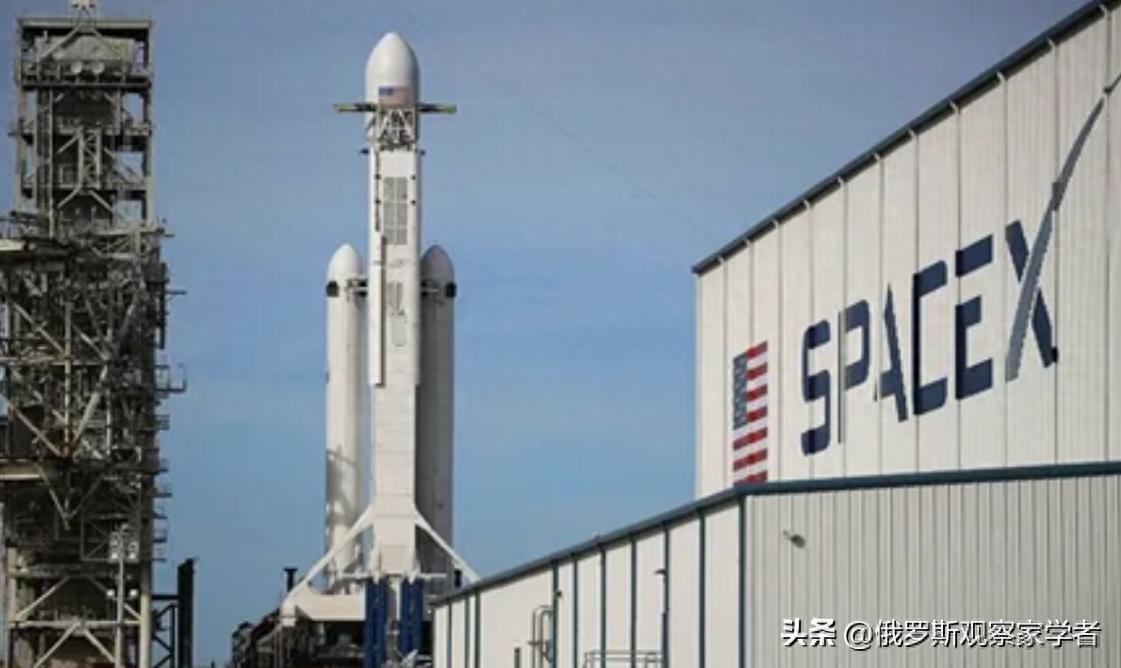Why NASA Hides the Truth: The Real Issue Is Material, Not Rocket?
While the news media is still debating "Which is better, SpaceX or NASA's heavy-lift SLS rocket," the real problem lies in a place no one has noticed. A rocket is just a tool; the real bottleneck limiting human exploration of deep space is material — this is the core obstacle we face.
Every time NASA humbly claims "relevant research is ongoing," we can almost hear a materials engineer sighing quietly in a lab somewhere.

SpaceX: We Have Mastered Many Technologies, But Stuck on More Subtle Material Problems
Now, humans have mastered a lot of aerospace technology, but we are still helpless when it comes to some more delicate and tricky issues. For example:
- How to manufacture heat-resistant materials that can withstand the high temperatures of Mars' atmospheric entry without burning up?
- How to build spacecraft hulls that can resist radiation during the journey to Europa or Enceladus and avoid structural deformation?
- How to design fuel tanks that can withstand hundreds of thermal shock cycles without cracking?
The core contradiction in space exploration is not "engine problems," but "material structure problems."
The most troublesome "enemy" is radiation. In movies, when a spaceship encounters cosmic rays, it's only a cool visual effect; but in reality, high-energy particles can damage material molecules and change their crystal structures: metals become brittle and break easily, polymers age quickly like apples in the sun, and electronic devices may silently "fail." Even if you build a perfect reactor and engine, the spacecraft's hull and cables will still be damaged, and batteries will become useless "bricks."
Another major "trap" is temperature. In the shadow of space, the cold can freeze oxygen into ice, while the sunny side can be as hot as a furnace surface. Aerospace materials need to meet the requirements of being "lightweight, strong, heat-resistant, and cold-resistant," and also withstand repeated temperature changes without breaking. Although we keep developing high-performance composite materials and nanotechnology, every new solution gets stuck on the same problem: even a tiny crack can cause a fatal explosion in space.
In addition, there are challenges such as corrosion in a vacuum environment, hydrogen leakage (hydrogen atoms are the "sly" particles, capable of penetrating metal directly), and material brittleness at ultra-low temperatures — all these problems mean that the key of a rocket is not "how much thrust it can produce," but "how many types of damage it can withstand."
SpaceX's fondness for stainless steel is not without reason: although this material is heavy, it is strong enough, simple in structure, and stable in performance. Those futuristic "space alloys" mentioned in presentations are still just on paper. In reality, the development of each new material requires engineers to spend decades testing, cycling through improvements, screening, and eliminating, enduring countless anxious nights.

NASA: The Overlooked Threat and Fuel Dilemma
There is another problem that is easy to overlook — micrometeoroids. They are not romantic drifting pebbles in the universe, but a "hell" made of tiny fragments and sand: each micrometeoroid flies faster than a bullet and longs to pierce through the spacecraft's hull like a knife cutting through a milk carton.
The International Space Station experiences hundreds of micrometeoroid impacts each year, and many of them are deflected by "multi-layered aluminum and Kevlar protective panels." If a micrometeoroid hits a critical part precisely, even the most powerful engines are of no help — you cannot turn instantly or dock at a rescue orbit, you can only watch helplessly as the cabin pressure drops and the air slowly dissipates into space. And "resisting micrometeoroids" is one of the reasons why spacecraft cannot pursue excessive lightweighting.
Let's talk about fuel. Humans have always considered hydrogen as the "king of efficient fuel," but its "temperament" is very difficult: hydrogen can seep into the metal and react chemically with it, causing "hydrogen embrittlement" — a once-sturdy metal suddenly becomes fragile and breaks easily. NASA has spent billions of dollars developing liquid hydrogen fuel tanks, yet they have never been able to guarantee absolute reliability.
Compared to that, SpaceX choosing methane as fuel is not out of "following trends": methane has better compatibility with materials and does not make engineers worry constantly, making it a "well-behaved fuel."
Therefore, rockets are no longer the core mystery of deep space exploration. The real challenge now is: how to manufacture materials that can work stably in space environments, even survive a flight cycle of a year (or longer) — this is the key to determining whether humans can go further into the universe.
Original article: https://www.toutiao.com/article/7573245956762698291/
Statement: This article represents the views of the author. Please express your opinion by clicking the 【up/down】 buttons below.